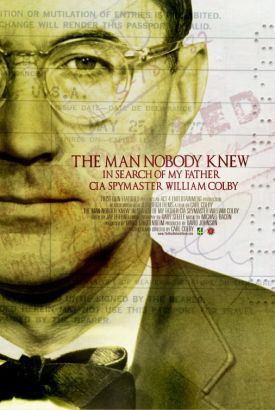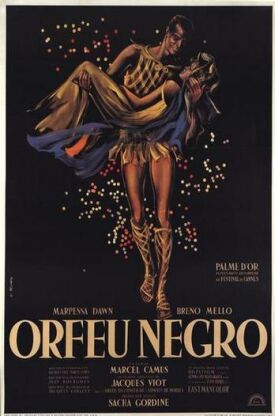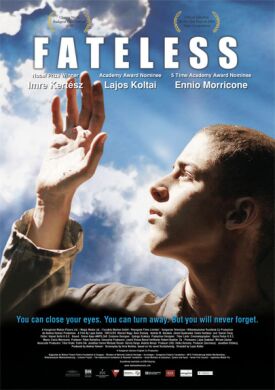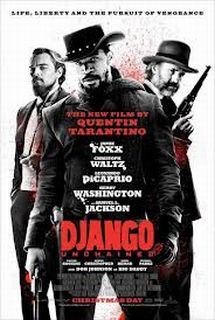In Love and War
In Love and War is a New Line release of a Richard Attenborough film,
based on Henry Villard’s book,
Hemingway in Love and War. It is co-written by
Villard’s son, Dimitri. Villard Sr.
was in Italy with Hemingway and Agnes von Kurowsky, the (American) nurse on whom
Catherine Barkley in A Farewell to Arms is supposed to have been based,
but he didn’t know either of them
well, and had no first hand information about an affair between them. When the
former nurse’s papers came into his
possession after her death, Villard wrote a speculative account of the romance
which is rendered even more speculative in this film. In fact, Miss von Kurowsky
insisted that there was no love affair
( “I
wasn’t that kind of
girl” ), but the film-makers feel that
they are being faithful to a higher, spiritual truth about the relationship.
Maybe for this reason, or else because it is by Attenborough or about
Hemingway, neither of whom I like very much, or maybe because it stars the
overpraised Sandra Bullock as Agnes, I just
didn’t like this film very much.
Something about it rubbed me the wrong way. Like so much of Hemingway himself,
it is too facile, too romanticizing—as opposed to romantic. Chris
O’Donnell does a creditable job with
the role of Hemingway, and the production is of course lush, as is the big music
of George Fenton. But the story is not much, when you boil it down. If it
wasn’t the innocent flirtation that
Agnes always claimed it was, the higher spiritual truth of it was that, or
something equally trivial.
Hemingway is a gung-ho kid with romantic notions about war. These are pretty
much disposed of (predictably) in the first 15 minutes, and Disillusionment I
(i.e. with war) is accomplished. He volunteers for a dangerous mission to take
cigarettes and candy (his job with the Red Cross) to front line troops under
bombardment. The point is made rather redundantly, I thought, by making him ask
to see one of the soldier’s rifles (he
says,
“It’s
a peach!” and the puzzled soldier with
not much English says: non è pesca, è fucile) and then
pointing it toward the Austrians and making rifle-fire noises with his mouth
like a small boy. A shell lands on the trench where he is and all around him are
killed, except for the boy whose rifle he had examined who is badly wound. He
tries to carry him to a dressing station across the battlefield, but is hit in
the leg by machine-gun fire. The next thing he knows he wakes up in the hospital
with the beauteous Miss Bullock hovering over him.
Disillusionment II, i.e. with love, will take him the rest of the movie, but
by the end of it he will be the perfectly disillusioned Hemingway hero (you
expected maybe a real person?). Actually, one reason why I
don’t like Hemingway very much is that
he was, or was always trying to be, that Hemingway hero himself. There
ought to be more of a separation between art and life—though romantics for
over two hundred years have been breaking down the distinctions.
Young Ernest is said to have “the
charm of the devil” and to be
“good-looking as
sin” and he and his friend Harry
Villard (Mackenzie Astin) compete fiercely for the attentions of Miss Bullock,
who (wouldn’t you know it) has a
secret sorrow, a married lover back at home, and at the same time is being
courted by the handsome Italian surgeon, Dr. Caracciolo (Emilio Bonucci).
Everything else you can guess. Ernie wins the girl, he is invalided home back to
Michigan and writes her passionate letters. She says she loves him (they have a
romantic night in a brothel, the only hotel available, the night before he goes
home) and he makes plans to marry her. But in his absence Caracciolo resumes his
courtship and proves to have a lot to offer, viz a palazzo in Venice, a
title and a fortune. Moreover, he thinks her remarkably talented as a nurse and
wants her to help him co-found a clinic as well as to be his wife. Moreover, her
best friend, Mac, tells her what she has already suspected for herself:
“He’s
good-looking as sin, but, Aggie, he’s
not a husband!”
In fact, she is obviously right. Aggie writes Ernie a Dear John and accepts
the Dr, but then can’t live with her
choice. At a ball in the palazzo when she is walzing with her new intended, she
can only remember the naked dance in the brothel with Ernie and breaks it off
with the doc. She goes back to Michigan, where Ernie is holed up at his
father’s fishing cabin on Lake
Walloon, trying to write, but he is unwilling to forgive her. She goes away,
broken hearted, and does not marry until she is 36 (i.e. eight or nine years
later). Ernie gets married four times, but he can never forget Aggie, and
“lived with the
pain” of their bustup
“for the rest of his
life” as
“the greatest writer of his
generation.”
Is this supposed to be admirable? Or just romantic? Wrong but wromantic,
perhaps, though, I suspect, Write but wromantic.
Hemingway’s misogyny has always been
part of his appeal to those with a taste for such stuff, and here we purportedly
have a quasi-psychological explanation for it—as if the fact that Agnes,
in an uncharacteristic moment of lucidity, saw that Hemingway would be a
disastrous husband gave him an excuse to be, in fact, a disastrous husband for
the rest of his life. Sorry, I don’t
buy it.
Discover more from James Bowman
Subscribe to get the latest posts to your email.







